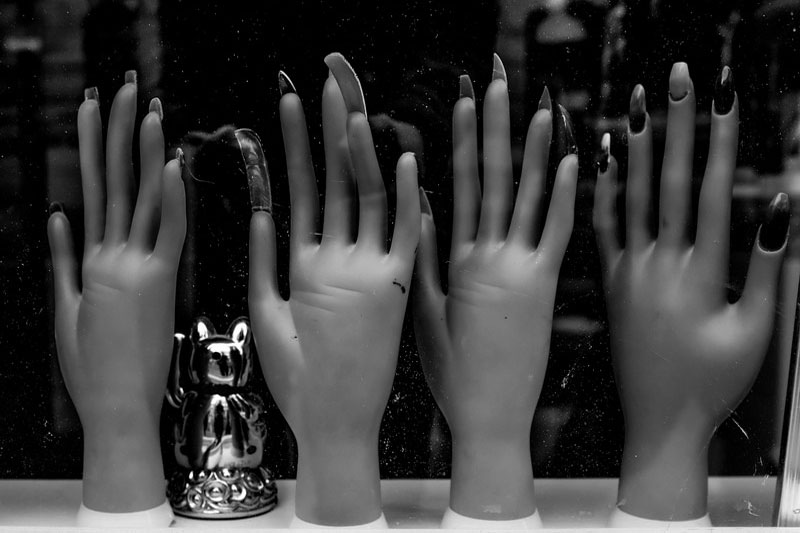My favorite Saturday morning routine starts with a good cup of coffee, manicure, and a nice pedicure. Not unlike a lot of women, it takes me an hour to look at the different shades of colors at the salon, only to end up choosing the same color every time. To me, there’s nothing better than relaxing while receiving an excellent massage and forgetting about the world around me.
Surprisingly enough, I never had a manicure in my life, and now that I’ve had one I’m obsessed. I spent hours watching nail art videos on Facebook or YouTube. Who doesn’t love to get pampered with the Reverse French manicure once in a while?
Maybe it was a few weeks ago; I was watching one of my favorite shows on Netflix, Orange Is the New Black, and there was a scene where Aleida Diaz (Elizabeth Rodriguez) is looking for a job at a nail salon. She’s rejected, gets angry, and shouts at the owner about how some of their employees are virtually slaves. It wasn’t the first time I heard about these stories; the New York Times wrote an article about it. Nearly 100 nail salon workers have been arrested in just the UK alone on slavery charges.
How could this happen in America?
An old formula; one person pays to get immigrants to the US with the agreement that they work to pay off that debt. Their wages depend on the quality of their work meaning some of these girls live merely on tips to survive. Some of them suffer from physical abuse. They must hand over cash ($100, $200) as a “training fee.” These women could spend weeks or months without any pay so you can imagine how miserable their living conditions are. They are considered tipped workers under state and federal labor laws. There are also health hazards as some of the chemicals in nail products are known to cause cancer; others have been linked to abnormal fetal development, miscarriages and other harm to reproductive health.
The tragic state and lack of resources these women face are disheartening. Without a doubt, this is modern slavery right in front of our own eyes. Like any trade, these women should be praised for their hard work, and for creating the beautiful nail art designs many of us enjoy. Think about how many nail salons you can count in your area. It has become an easy path for many Asian Americans, Vietnamese in particular. The work can be grueling and unpleasant. I can even tell when I go to my regular nail salon seeing these poor women work day and night.
Unfortunately, only half of these cases get any investigation or attention from the media, and even then barely any. We can’t assume it happens at every nail salon, but slavery is alive and well in America. Sometimes it takes a scene from a TV Show, by Orange Is the New Black to remind us that the ultimate price of polish for these women is high, greater than any person should be forced to bear.
Need further information about how to help nail salon workers? Check out these articles:
Five Ways to Help Nail Salon Workers
Protecting the Health of Nail Salon Workers
Photo Credit: Chilanga Cement Flickr via Compfight cc

Thank you for doing the research, Stephanie, and writing this article. It’s a horrific situation, and apparently, there are no easy answers regarding how best to help these women, many of whom may not be here legally. But awareness is the first step, and treating the workers with kindness, respect, and gratefulness is critical.